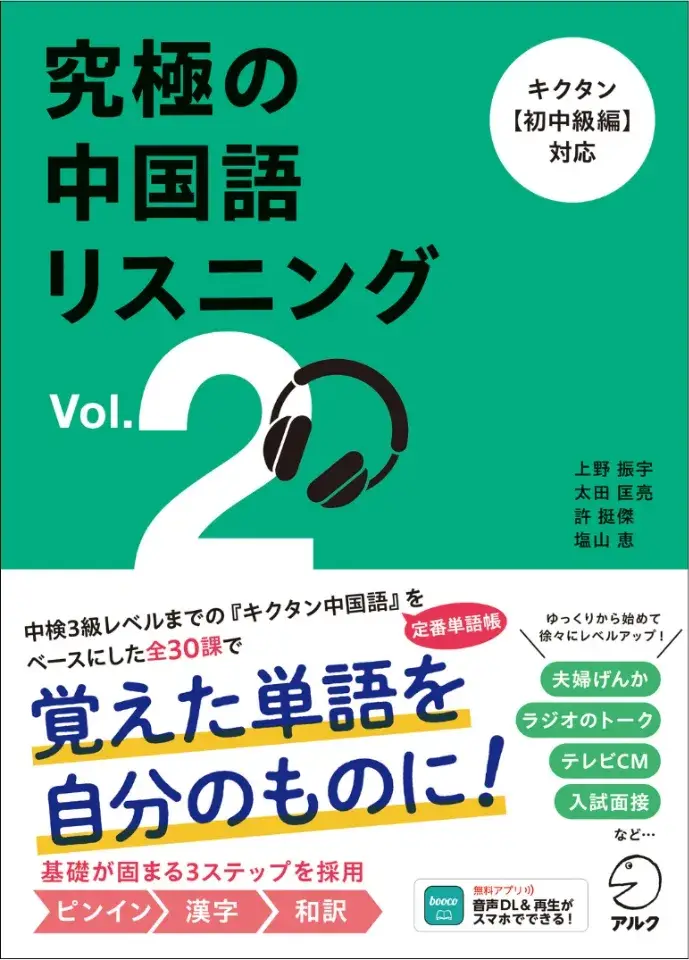
土用の丑の日の鰻(うなぎ)。なぜこの日にうなぎを食べることになったのでしょうか。家でおいしくうなぎを食べる方法も併せて英語と日本語でご紹介します!
目次
【問題】土用の丑の日にうなぎを食べることを提案したのは誰?
Who suggested eating eel on the Midsummer Day of the Ox in Japan?
さて、いよいよ夏本番です。この時期、暑さに負けないために食べるものと言えば・・・土用の丑の日のうなぎ。でも、 そもそもなぜこの日にうなぎを食べることになったのかから、家に持ち帰って固くなったうなぎをおいしく食べる方法までを見てみましょう。
【問題】の解答例は記事の最後にあります!
そもそも「土用の丑の日」って何?
First of all, what is Doyou-no-ushi-no-hi?
Japanese customarily eat eel to regain energy and stamina and to alleviate suffering from the summer heat on the day known as the Midsummer Day of the Ox, Doyo- no -ushi- no -hi, which traditionally falls around the end of July on the ancient Japanese calendar. Those specific summer days, doyo, last for a couple of weeks before the first day of summer. The Midsummer Day of the Ox occurs around July 20, and this year's designated day is July 29. The basic idea of doyo comes from Onmyo Gogyo which links together the theory of ying and yang with the principle that everything can be divided into five elements: wood, fire, earth, gold and water. Spring is classified as wood, summer is fire, autumn is gold, winter is water and those times between seasons are classified as earth. The Day of the Ox is a calendar day of the Chinese zodiac, jyuni-shi.
7月の土用の丑の日にうなぎを食べてスタミナをつければ夏バテをしないとされ、日本人はうなぎを食べる習慣があります。そもそも土用とは、立春(2月4日ごろ)立夏(5月5日ごろ)立秋(8月7日ごろ)立冬(11月7日ごろ)それぞれの前の18日間のこと。夏の土用は7月20日前後で、今年は7月30日です。土用は、“陰陽”と全ての事象を木・火・土・金・水の5つに分類して世界を考える“五行”を組み合わせた陰陽五行という中国から来た考えに由来します。春は「木気」、夏は「火気」、秋は「金気」、冬は「水気」となり、季節の変わり目を「土気」に分類するようになったそうです。丑の日は、カレンダーを十二支で数えた丑(ウシ)にあたる日のことでした。
うなぎを食べる風習を生み出したのはアノ発明家!
Eating eel during the hot summer months was started by the well-known scholar!
It is said that the Japanese custom of eating eel during the hot summer months was started by a well-known scholar in the Edo- period, Gennai Hiraga, famous for the introduction to Japan of the erekiteru, or electrostatic generator. Apparently, he saved an eel restaurant that had been experiencing declining sales during summer by putting up a flyer saying “The Midsummer Day of the Ox Eel Day" in front of the restaurant. There is also a traditional belief that if you eat food starting with the "U" (oo) sound, such as ume-boshi (pickled plum) or uri (gourd), you won't get sick. That is another reason why it has been a Japanese custom to eat unagi (eel) during the hot summer months.
この土用の丑の日にうなぎを食べる風習、江戸時代の万能学者であり、エレキテルなどの発明家の平賀源内が仕掛けたものだとされています。その実、知り合いのうなぎ屋が夏はうなぎが売れないと困るのを助けるために、「土用丑の日、うなぎの日」という貼り紙をしたのが始まりだとか。元々この日に、梅干しや瓜など「う」がつくものを食べると病気にならないと言われ、「う」のつく食べ物の一つとしても、夏の暑いときに「うなぎ」を食べる風習が根付いたようです。
家でおいしくうなぎを食べよう!
Let’s eat delicious unagi at home!
People line up outside their favorite eel restaurants on the Midsummer Day of the Ox; however , let's take a look at a recipe for cooking store-bought eel at your home.
土用の丑の日になると、大勢の人がお気に入りのうなぎ店で行列をなしますが、今回は買ってきたうなぎを家でおいしく調理してみましょう!
Ingredients and Spices
- cooked eel
- 1/2 cup of Japanese sake
- 1/2 cup of water
- a pinch of Japanese pepper, sansho
- 3/4 cup of sweet cooking rice wine, mirin
- 3/4 cup of soy sauce 2 1/2 tablespoons of sugarb
材料・調味料
- うなぎ1尾
- 酒1/2カップ
- 水1/2カップ
- 実山椒2、3粒
- みりん3/4カップ
- しょうゆ3/4カップ
- 砂糖大さじ2+1/2
How-to
- Wash the cooked eel thoroughly running water, completely washing away the sauce and grilled surface.
- Use kitchen paper to get rid of excess water.
- Put the eel skin-side down in a pan.
- Add one part each sake and water and soak the eel.
- Add a few grains of Japanese pepper to get rid of the fishy smell at your preference.
- Use tinfoil to cover the pan as a drop lid and heat it on medium heat.
- When it comes to a boil, reduce the heat and simmer for four to five minutes.
- Make the special sauce.
- Boil mirin for one minute till the alcohol content is gone.
- Add sugar and soy sauce and simmer for five minutes.
- Simmer the eel till the water has evaporated
- Add the special sauce and mix well.
- Simmer one minute.
- Serve while it's hot.
ふっくらうなぎの再生レシピ
- 水道水でうなぎについているタレと焦げを完全に洗い落す。
- 洗ったうなぎの水気をクッキングペーパー等で取る。
- 皮目を下にして、フライパンにうなぎを並べ用意する。
- うなぎが漬かる程度に、酒と水を1:1の割合で混ぜたものを浸す。
- 好みで、生臭さを抑えるために、実山椒を2、3粒入れる。
- アルミホイルを落しぶたにしてフライパンにかぶせ、中火で温める。沸騰したら弱火に落とし、さらに4、5分程煮つめる。
- 別に、「特製タレ」を作ります。弱火で約1分程煮立たせ、アルコール分を飛ばしたみりんに、砂糖としょうゆを加え、弱火で更に5分ほど煮つめる。
- 汁気が少し残るまでうなぎを煮たら、7の「特製タレ」を加える。よく絡ませ、1分ほど煮つめる。
- 温かいうちにいただく。
国際自然保護連合が絶滅危惧種に指定したり、さらには最近の暑さでうなぎも夏バテ気味だったり・・・いろいろと心配ごともありつつ、うなぎ料理はやっぱりこの季節の風物詩。ほんのひと手間でおいしいふんわりとおいしくなるうなぎを食べたら、また明日も元気いっぱい!
【解答例】土用の丑の日にうなぎを食べることを提案したのは誰?
According to one account, it was Gennai Hiraga, a scholar in the Edo period , famous for introducing the erekiteru to Japan.
一説によると、エレキテルなどで有名な江戸時代の学者・平賀源内とされています。







